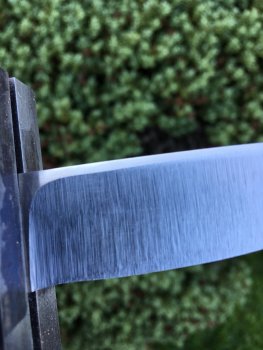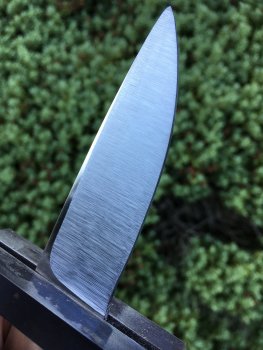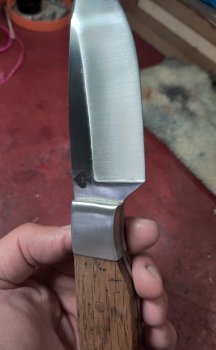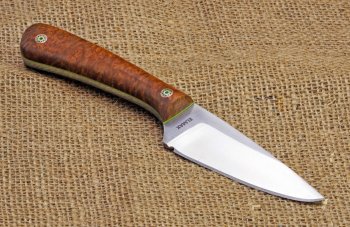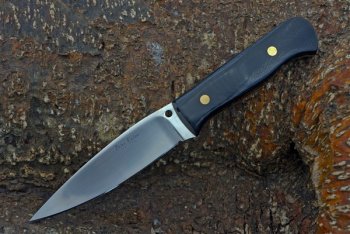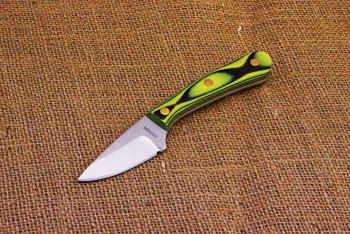izafireman
Well-Known Member
I am going to try my hand at freehand grinding on the 10 inch hollow wheel. I am also going to try with the file guard clamped onto the knife.
When I run the belt towards it to do the plunge do I finish just in front of the file guide of bump the belt lightly into the guide?
Thanks in advance
When I run the belt towards it to do the plunge do I finish just in front of the file guide of bump the belt lightly into the guide?
Thanks in advance

